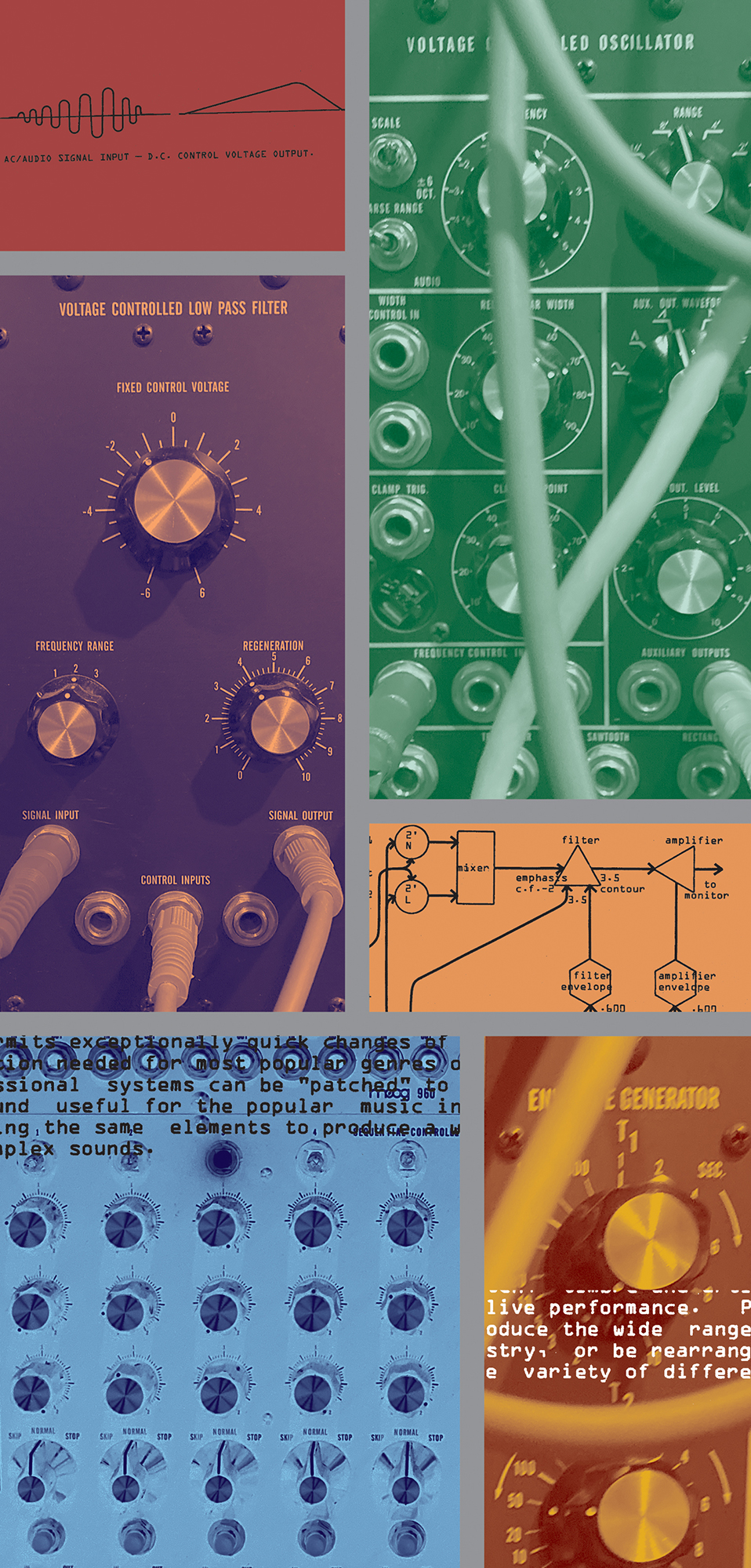For most live performers, the days of wedge floor monitors are a thing of the past. IEMs (In-Ear Monitors) have become the new standard for stage monitoring, and for good reason. A monitor engineer can take preferred mixes from venue to venue and recall monitoring preferences with the push of a button on a digital console. The benefits are massive; a performer’s levels can be kept in check, the room sound (especially that of large venues) can be all but eliminated, and mixes sound more like a recording.
A few months ago, I was part of a studio session that had us all in the same room playing live. I love this setup, and I feel like communication is better this way than with everyone isolated from each other. The only problem was that the drummer was loud, and monitoring with standard headphones was not so great. To get decent levels of instruments over the live drums, amps were stashed in iso booths, and other instruments were direct. The headphones had to be cranked up, and by the middle of the session I was feeling a bit beaten up by the volume, cymbal smashing, and snare drum cracking. It seemed to me IEMs would provide some degree of isolation, clarity at lower volumes, and a more precise monitor mix.
Custom molds for high end IEMs are not cheap, and although that may not be an issue for a big pop star, it is certainly a consideration for working musicians. Ultimate Ears has long been a manufacturer of high-quality, custom-fit IEMs, but they have recently released three universal fit in-ears "with Perform Fit design": The UE 150, UE 250, and UE 350 models. They are all but identical in look and feel, but the UE 150 has a single driver, the UE 250 has two, and the UE 350 – you guessed it – has three drivers. All UE models have both foam and silicone universal fit ear tip options in sizes ranging from extra small to large. I tended to like the foam as it expanded to fit my ear canal for a snug fit while providing the most isolation, but the silicone tips were also comfortable. The units are designed to sit flush in your ear with the thin but sturdy, 50-inch removable/swappable clear IPX Earloop cable. It took some fiddling around to get them seated properly, but after that, they stayed put. Without any audio playing, it was like having foam earplugs in, and the outside noise reduction was pretty impressive.
The UE 150s sounded like good earbuds, and in my opinion, the performance between the three UE models seemed to improve as the number ascended, or at least, each model had a different character. I picked the UE 350s to test first. Each of the three UE models comes with a compact carrying case, the ear tip options above, and a proprietary 50-inch cable (a 64-inch cable can be purchased for studio use). My first tests were at home, using my laptop with a Mytek Brooklyn DAC+ [Tape Op #131] converter/headphone amp for evaluation. The three-driver UE 350s have a tight low end and was the most spacious sounding of the three models. With a dense mix, I felt the UE 350s provided more clarity and definition of individual elements. They are not overly bright, which I appreciate. In addition to use on stage or studio, the UE 350s would be my choice of the three models for personal/recreational listening.
The UE 250s have a more pronounced low end and are slightly brighter than the UE 350s. Not in a good or bad way, just different. The UE 250s offer an enhanced low end, and are marketed as the choice for drummers and bass players who want a bit more thump. I expected the UE 150s to have a significant drop in quality, but they also performed well. Although they were the most neutral, and perhaps “flat” of the three models, they were more than suitable for effective monitoring in any setting.
But how do they perform in the studio? This was my main interest, so took them to my studio for some tracking. I had to use a 1/8-inch mini plug to 1/4-inch adapter with an extension cable to connect them to my studio headphone setup. I work in a single-room space, with the console and monitors in the same room as the guitar amp I am recording, and I don’t have an iso box for the amp. The UE 350s provided excellent isolation from the amp, and I was able to judge (with some additional accuracy) the amp's tone and how it was working in the track, with some protection from the volume required to get the Vox AC30 to bite and break up to my preference. I like this! For the real test, I wanted to stand next to a drummer while recording in the same room. I gave the drummer the set of UE 250s, I kept the UE 350s for myself, and we were off to the races. We both enjoyed the isolation, ear protection, and the level of detail of the mix. I could hear more clearly how the microphones captured the room, instead of hearing the room awash with drums and guitar. When we were finished with our quick takes, I was able to go back to the main monitors, and actually hear them because my ears had been protected and not destroyed by loud headphone levels and drums in a fairly live room.
Over-the-ear headphones are not going away anytime soon, and I still enjoy checking mixes on my Audeze LCD-Xs [Tape Op #119], but a solid pair of IEMs are a fantastic option. The Ultimate Ears UE 150, UE 250, and UE 350 models all performed well, and each has a sonic signature to suit individual preferences and budgets. Get them for the studio, stage, airplane, or for tuning out your carmates on a long drive.




_disp_horizontal_bw.jpg)